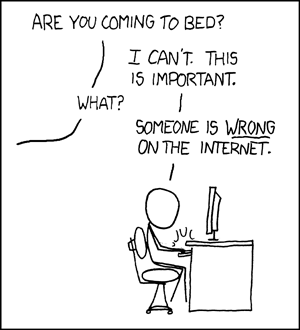Yesterday, I had an article published at Galus Australis, which is a great website that features articles about Jewish life in Australia. I wrote about organ donation, as there are particular issues for Orthodox Jews when considering signing up as a potential donor.
For those less interested in the intricacies of Jewish jurisprudence, I’d like to present the Australian spin to the issue. This is a cheat of a post, because I’m going to pull some of the Galus Australis article into it, but I will add some further detail to assuage my guilt.
The good news for Australians is that we have a high rate of successful transplants. The bad news is that rates of organ donation in Australia are embarrassingly low for a developed country. According to the Organ and Tissue Authority’s website, around 1700 Australians are on a transplant list; last year, only half the organs needed were donated. (Fewer donors are needed than there are recipients, as one donor can save up to 10 lives, as well as providing non-essential [but life-changing] tissue, such as corneas to cure blindness.)
Fewer than one in five Australians have discussed their wishes regarding donation with their families. This is why donation rates are so low: people don’t know their loved one’s wishes and err on the side of refusal.
The Authority has a campaign running to encourage people to discuss their wishes regarding donation with their families. In many ways, this is more important than actually registering as a donor, as it’s the family, not the individual, that makes the ultimate decision. The message is pretty clear: register as an organ donor and talk about it with your family.
It can be uncomfortable to make plans about your body after death, and of course it’s highly unlikely that you will become an organ donor. But that’s precisely why it’s so important to have more potential organ donors willing and registered. It can also be helpful to consider registering for bone marrow donation and donating blood regularly; in the context of these living donations, the focus is taken off donation after death.
Together, these actions might save a life – or several – one day.
